There has been plenty of speculation around interest rate cuts. What will trigger a cut? When will they happen? What will that cut do to the housing market? And what metrics can we rely on as a predictor of rate movements?
The news from America gave a few Australians a glimmer of hope about interest rate reprieve recently. The US Federal reserve cut rates by half a per cent; a reasonably aggressive move after a long period of interest rate increases. Those who chose to believe that Australia would follow suit were hopeful, but our markets suggested otherwise when the RBA met last week.
Our RBA’s Rate Tracker (below) showed an increase in expectation of a rate cut, but still less than 50%.
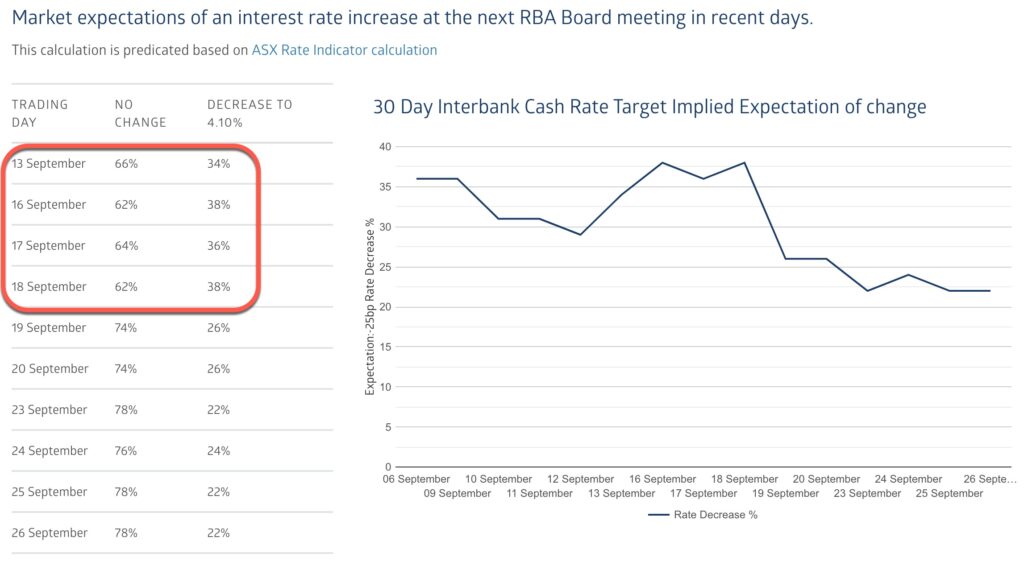
Our RBA Governor, Michelle Bullock has been consistent in every speech since stepping into the role, about the need to resolve our high inflation and bring it back into the target band.
However, this most recent meeting on Tuesday 24 September was scheduled one day prior to the August inflation figures being released by the Australian Bureau of Statistics (ABS).
Once again, Governor Bullock’s speech echo’d the need for the RBA to bring inflation back within the 2%-3% target band, and she stated that inflation was still proving persistent. Hence, our interest rate was determined to remain at 4.35%, unmoved since November 2023.
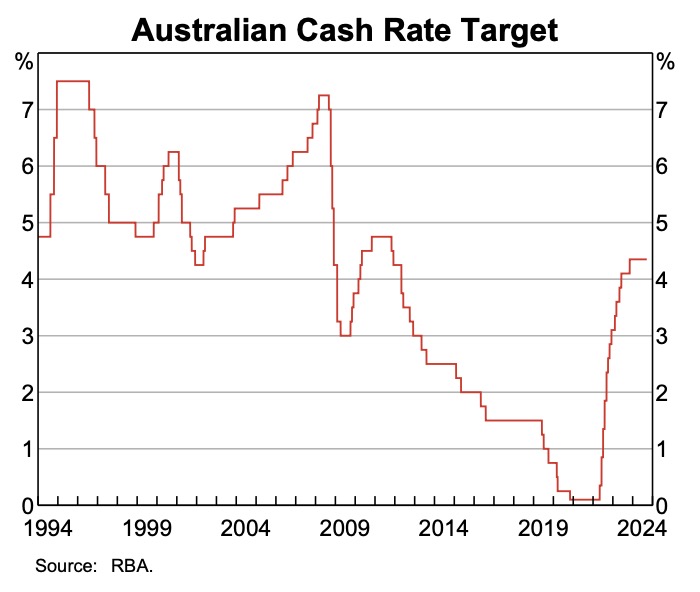
The following day, some positivity hit the media within moments of the data release.
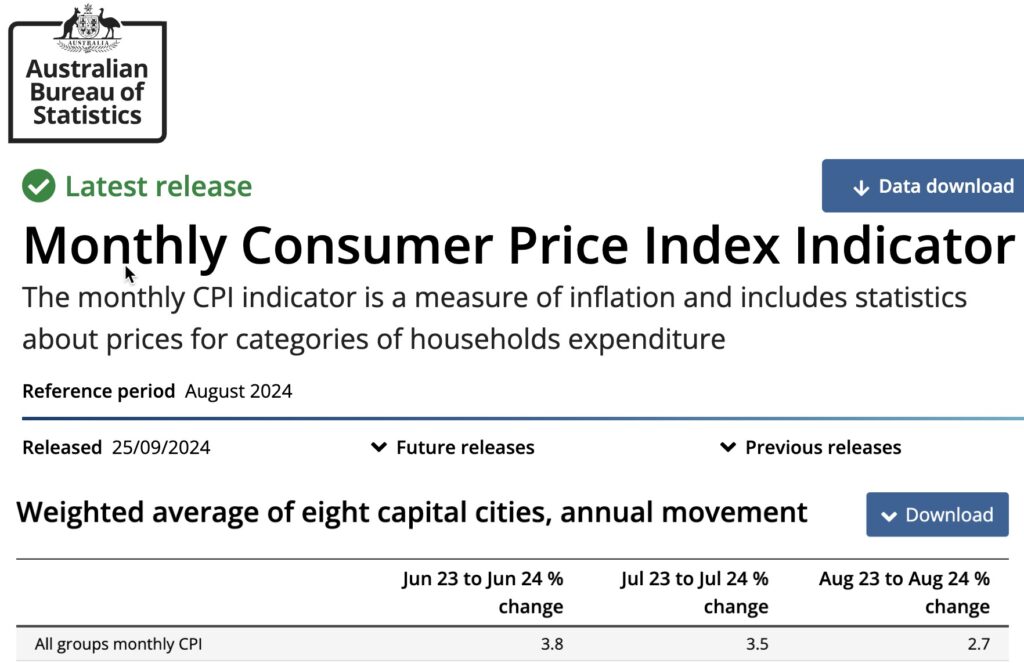
Not only had inflation slowed, but the Consumer Price Index (CPI) figure was within the target band.
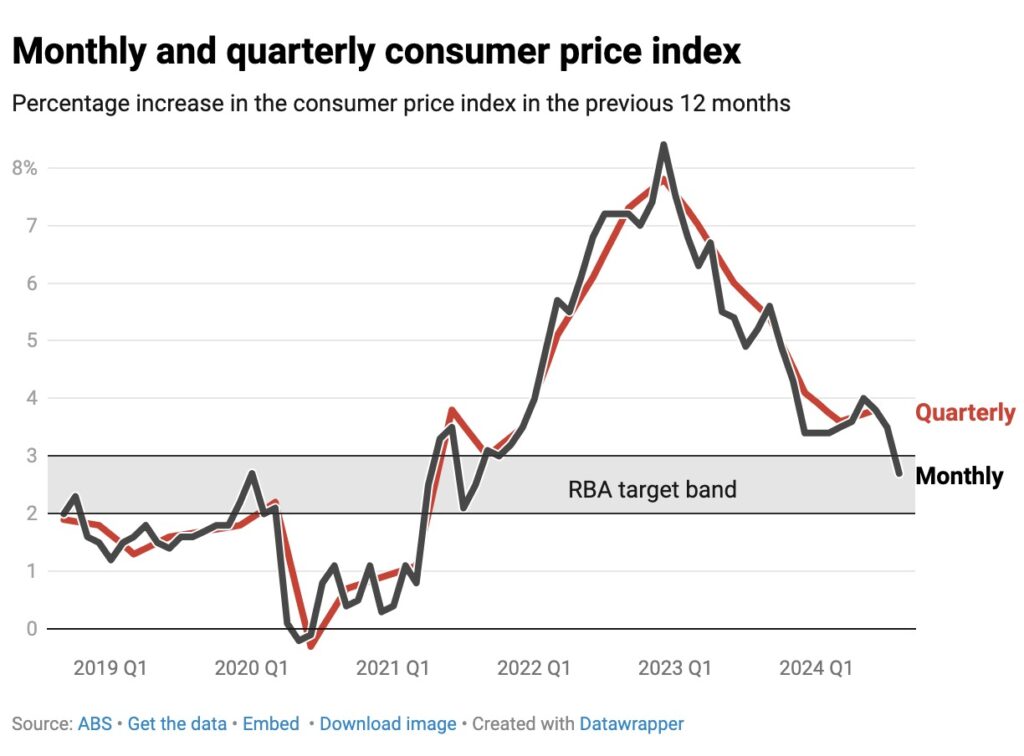
Had the RBA been to hard with their stance on holding rates firm? Some of the questions the Governor fielded from journalists last Tuesday suggested she had. Questions included comparing Australia to other countries, including the US. And some journalists pointed out the financial challenges that many Australians were facing in the face of higher interest rates.
Firstly, Governor Bullock emphasised that our circumstances aren’t necessarily comparable to other countries. She also made the point that the US cash rate peaked quite higher than ours.
In response to Chris Kohler’s question relating to rate cuts in other countries, Governor Bullock stated, “Economic circumstances here are a little different than they are overseas. Some of the countries you cited, New Zealand, Canada, for example, seeing quite sharp rises in their unemployment rates. The United States is a little different as well. It’s seen inflation come – and some of those countries too are seeing inflation come down further than we are at the moment. So their disinflation process is further advanced than ours is. Same in the United States. The other point I would make is most of those countries had official interest rates up around 5–over 5 per cent. So in our judgment we look at how restrictive some of those countries are relative to us. We’re restrictive but we think they are more restrictive than us so they are removing some of their restriction because they are seeing disinflation and they are seeing their labour markets respond as well.”
“The dramatically lower inflation rate puts Australia in the same league as the United States, whose inflation rate is 2.5%, and the United Kingdom, whose inflation rate is 2.2%.” (Source: John Hawkins, The Conversation.)
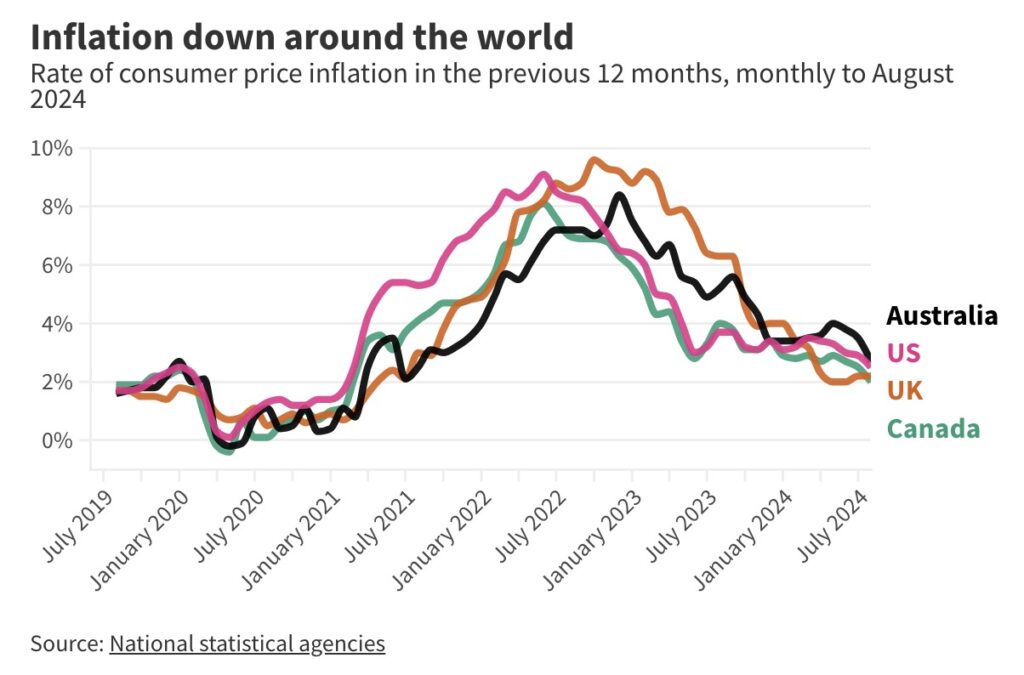
However, this point is a critical one. It could be argued that our CPI figure landed within the target inflation band, but it’s important to note that this figure isn’t the one that the RBA relies upon.
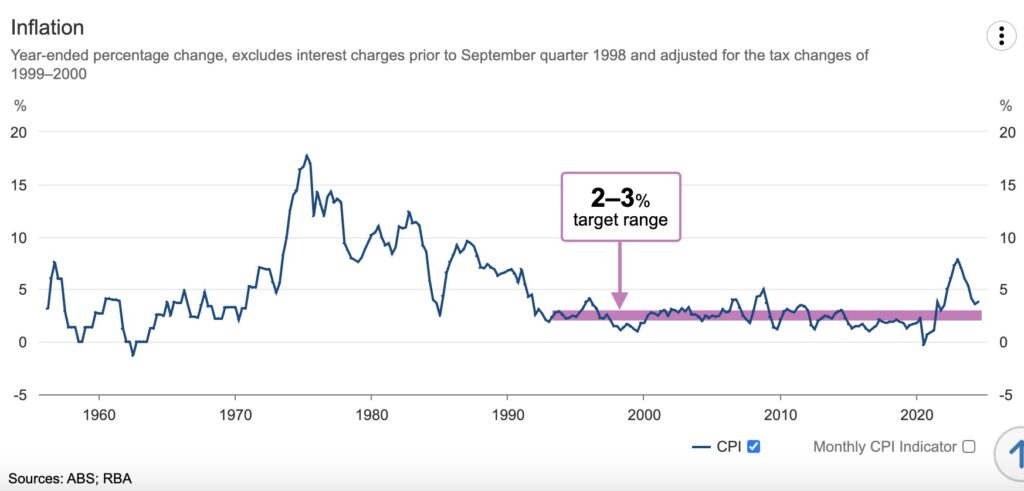
“Reserve Bank Governor Michele Bullock says that at the moment she is paying more attention to the “underlying” rate of inflation, which looks through temporary measures such as subsidies.
But the Reserve Bank’s preferred measure of underlying inflation, the so-called trimmed mean, also fell in August, to 3.4%, down from 3.8% in July.” (Source: John Hawkins, The Conversation.)
One element in particular that our RBA Board are keeping a watchful eye on is the impact of the electricity rebates offered by our State and Federal governments. These rebates have indeed influenced the CPI figures and it would be prudent for the RBA to monitor this.
So, what does this mean for those with a mortgage?
The RBA have two more meetings this calendar year, and in light of inflationary pressures easing, we may just have a rate cut to celebrate Christmas. One thing is for certain though… our Board are firm in their stance on the data. Until the trimmed mean inflation figure is below 3%, it seems likely they will continue to hold rates.
REGISTER TO OUR NEWSLETTER
INFORMATION
CONTACT US
1A/58 ANDERSON STREET,
YARRAVILLE VIC 3013
0422 638 362
03 7000 6026
CATE@CATEBAKOS.COM.AU
